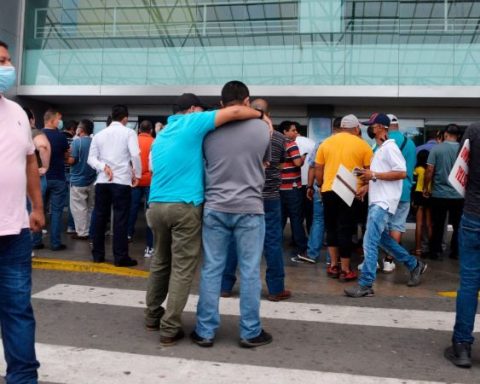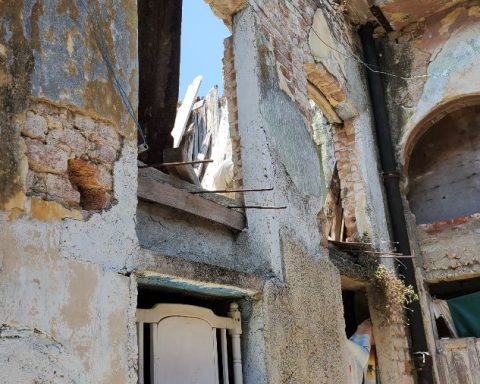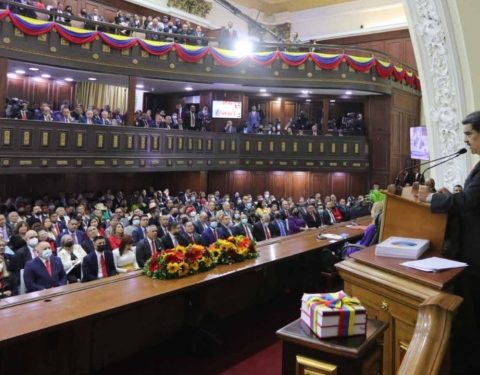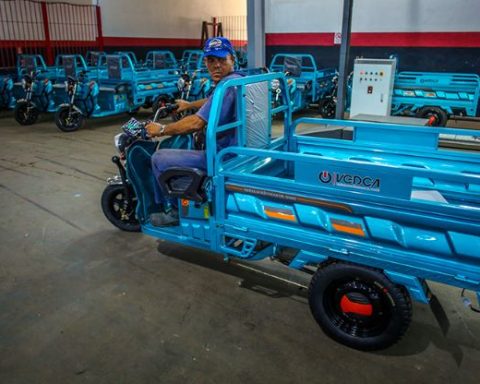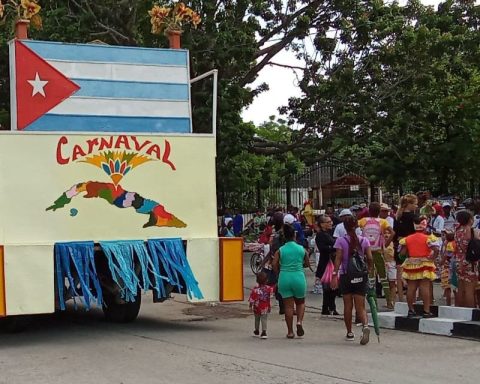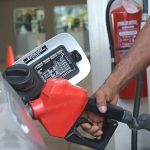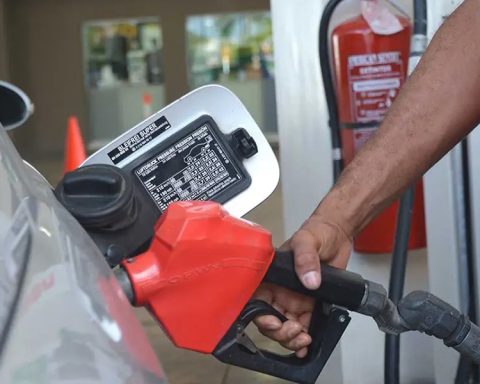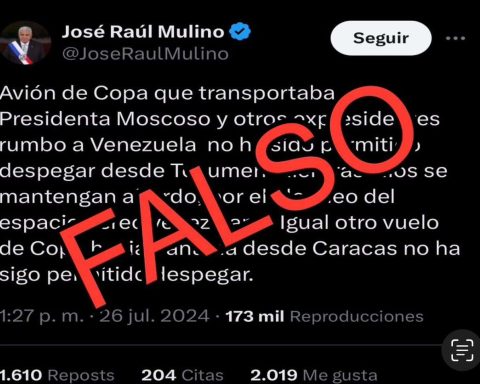In the uncertain roulette that is the way, Cuba loses the game every year. At the end of May 2023, the National Road Safety Commission revealed the most recent figures. More than 3,000 traffic accidents were quantified, 243 deaths and more than 2,300 injured “during the first four-month period of the year.”
The phenomenon in Cuba has maintained figures of over 10,000 events per year between 2000 and 2018. Although a moderate reduction was evidenced in the 2019-2022 period, the necessary decrease has not been achieved. The decrease is not due to the solution of its main causes either.
2019-2022: What is behind the decrease in accidents?
Between 2019-2022, the lowest accident rates of the last two decades in the country were recorded. So it acknowledged at the end of 2022, Colonel Roberto Rodríguez, head of the specialized Transit body of the General Directorate of the National Revolutionary Police (PNR).
However, a look at the national context (and the impact of the international) in each of these years, allows us to recognize what particular circumstances influenced the evolution of the statistics.
On the island all fuel for transportation is imported. In 2019, Cuba experienced the first major cut in fuel availability in the last decade. The fundamental reason for the crisis was the sharp drop in supply from Venezuela, the main supplier since 2000.
The difficulties with the production of hydrocarbons in that country, which began in 2017 due to the tightening of the United States sanctions against the state company PDVSA, were added to the measures against maritime companies and vessels that transported Venezuelan oil to the island.
As a result, in 2019 HE reduced imports of Venezuelan crude and fuel to 55,300 bpd (barrels per day), from 115,000 that the island received in 2015. The same year, national production fell at just 38,000 bpd, the lowest number reported since 1999.
Cuba must meet the consumption of about 145,000 barrels per day in power plants, industrial complexes, gas stations, airports, and homes. Domestic oil covers 40% of these needs, but its use is restricted to power generation in thermoelectric plants.
The contraction of access to imported fuels during most of 2019 left no other option than to implement a plan of “austerity and savings”, as defined by President Díaz-Canel.
Among the measures imposed was the so-called “efficient planning of the means of transport”, which resulted in the almost total paralysis of state transport and the reduction of private means to a minimum.
At the same time, that year there was a decrease in car accidents. The accident rate dropped to 9,421, according to data from the National Office of Statistics and Information (ONEI): a number below 10,000 for the first time in two decades.
The following year, 2020, the country registered the lowest accident rate since 2000: 7,712 accidents. What did the transit authorities recognize as the fundamental reason for the decline? That in March 2021 strong mobility restriction measures were imposed at the national level in order to contain the advance of COVID-19.
In 2021 Cuba had the second lowest accident rate, with 8,373. Even so, the year-on-year rate showed an increase of more than 600 accidents. The limited mobility was maintained, but in practice it was managed with greater flexibility.
The national transit authorities have recognized both years as atypical. The accounting rates, in a way, are also.
The statistics of 2022 already confirm an upward trend. The country quantified 9,848 accidents at the end of the year.
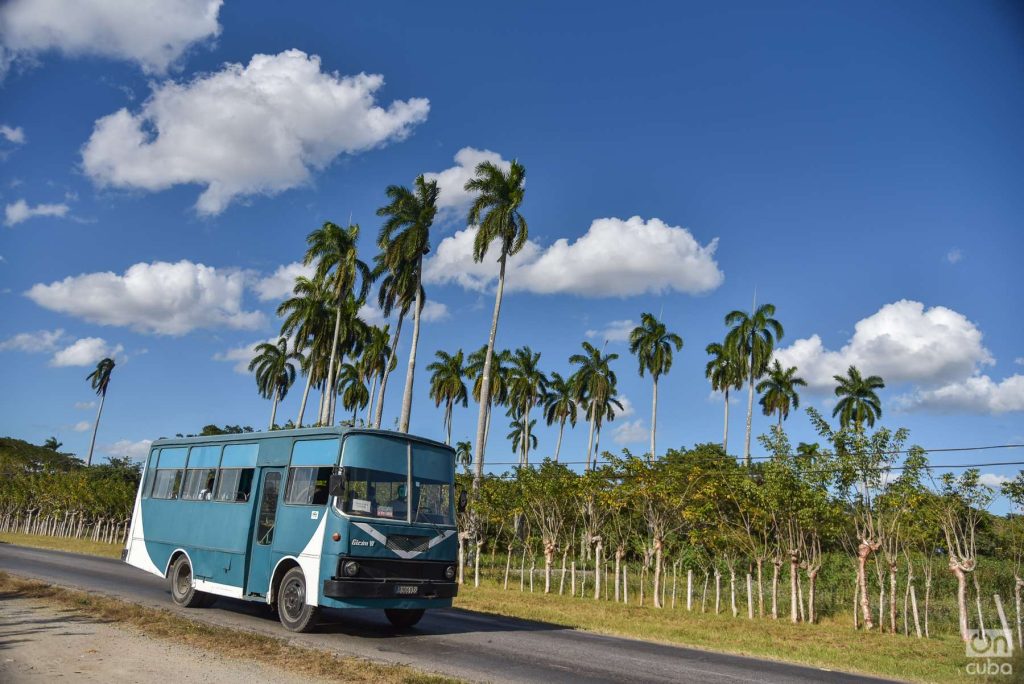
bad fortune cards
Accidents are a multi-causal phenomenon. There is undoubtedly a decisive human factor, as vital as the rest of the reasons that come together.
At the close of 2022, Colonel Roberto Rodriguez stressed among the characteristics of road safety that year “the coexistence of several generations of vehicles”. In addition, the irruption of about 300,000 motorcycles and mopeds on the same road axis” (mostly in fair or poor condition), “as well as the incidence of road indiscipline.”
The weight of these elements is unquestionable. In a context of irregularity in the supply of fuel and wear and tear on the vehicle fleet that supports public transportation, electric mopeds have become the most popular alternative —for those who can afford them.
But, at the end of the previous year, these means were involved “in 43% of the accidents”, causing “28% of the deaths and 21% of the injuries”, according to statements offered by Mr. Reinaldo Becerra, secretary of the National Highway Commission to the newspaper workers.
As the authorities have affirmed, the coexistence on the road of these more modern vehicles, together with others that have been in operation for many years, does not contribute to the balance of the road.
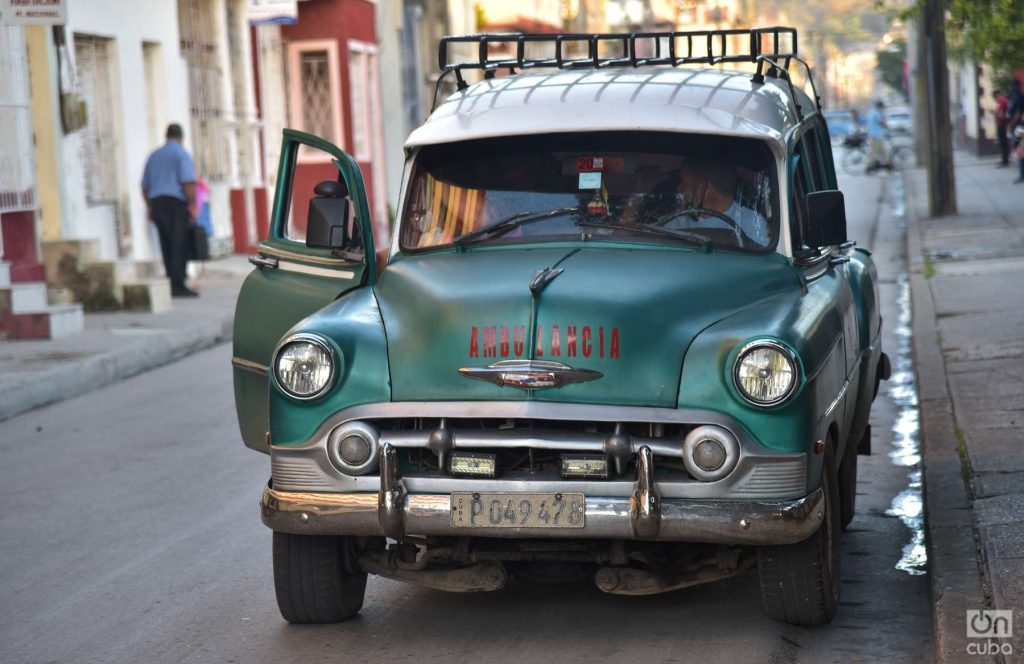
The National Road Safety Commission, in its report More recently, it included “technical defects” among the five main causes of the phenomenon together with “violation of the right of way, failure to control the vehicle, speeding and driving under the ingestion of alcoholic beverages.”
In 2022 and during the first four months of 2023, according to official information, less than 8% of these events were determined to be directly caused by unfavorable road conditions (potholes or cracks).
However, the figure cannot be read in isolation. Traffic engineering on the island is deficient. Traffic or circulation signalling, road lighting and maintenance of these demand resources and stability in actions to replace damaged equipment and repair roads.
In the context of the crisis that began at the end of 2018 and that continues to date, the accumulated wear and tear of road elements has been compounded by the deterioration of almost six additional years without the necessary resources having been allocated in that period. to reverse the situation.
On roads that for the most part do not have the ideal conditions to favor the flow of traffic, the danger of the presence of loose animals, the circulation of vehicles with up to 70 years of operation and in general poor condition is added. It is not surprising that this circumstance is included among the first five causes of accidents in the country.
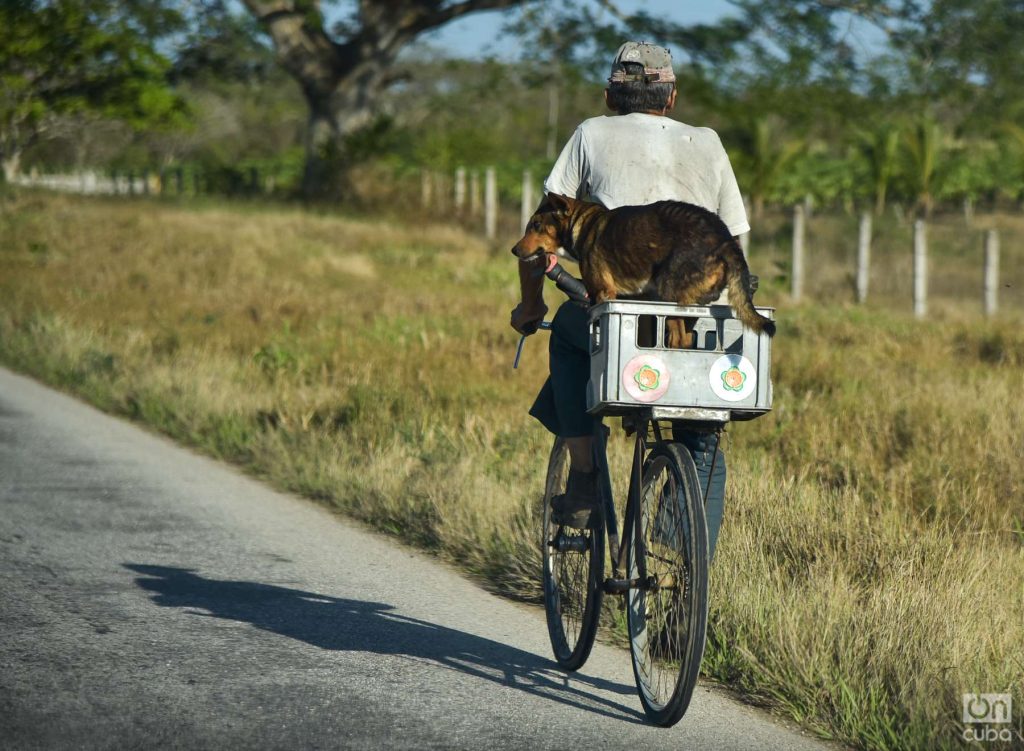
In 2019, the authorities recognized that 4% of traffic accidents in Cuba “still” were due to this factor, “which remains the second source of incidents with massive consequences.”
Risk factors vs. efforts
In the last two decades, traffic accidents have been among the first five causes of death in Cuba. At the end of 2022, José Ángel Portal Miranda, Minister of Public Health, disclosed the statistics.
The first cause “are heart diseases (296.5 deaths per 100,000 inhabitants), followed by malignant tumors (227.3), cerebrovascular diseases (102.7), influenza and pneumonia (93.0) , and accidents (51.6)”.
Those killed by accidents in 2022 were “the only cause, within the first ten, where the rate increased (+1.6)”, confirmed the minister himself.
The loss of human lives has been proportional to these facts. In 2022 there was at least one fatality in 59% of the accidents.
To the already unfortunate numbers of deceased are added the no less significant numbers of injured. These are also proportional and their numbers are much closer to that of accidents. The most elementary calculations suggest that more than 76% of these events cause an injury as a minimum balance.
The number of permanent physical injuries caused by the accident is unknown.
The truth is that, as Colonel Rodríguez affirmed, “the lives that are lost or the injuries that last are the most unfortunate edge of these events”. In addition, in the midst of the tense economic situation that Cuba is experiencing, for this reason HE calculate material losses of between “3% and 5% of the Gross Domestic Product”, which is equivalent to “about 500 million”
Although the authorities assure that “the country has organizational and control reserves to reduce them”, the persistence of risk factors that promote accidents weighs more in the balance than all efforts. It is not enough to understand that misfortune must be reversed.
